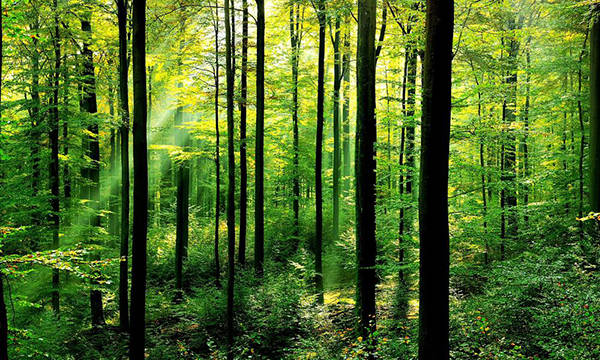By Frank Hanson
ONRC — May 12 Evening Talk: Updates on the Experiment at the Long Term Ecosystem Productivity Site in the Olympic State Experimental Forest (OESF) with Courtney Bobsin, master’s degree student from the UW’s School of Environmental and Forest Sciences.
Our DNR/ONRC LTEP site is near Sappho. Courtney Bobsin has been the lead DNR intern on the site. Principal investigators on this long-term project are ONRC Director Dr. Bernard Bormann, Dr. Richard Bigley of the DNR, and representatives from Oregon State, University of Oregon, Western Washington University and the Forest Service’s Pacific Northwest Research Station.
This 200-year experiment evaluates the effects of harvesting timber in our area, woody-debris retention levels and the effects of various plant species on tree and soil productivity. This process includes analysis of soil carbon, nutrients and structures; along with a survey in plant species diversity. The Long Term Ecosystems Productivity Site project was started in 1995 with funding provided by Forest Service, EPA, Washington Department of Natural Resources, National Science Foundation, and various universities. This study is replicated in four experimental sites across the Pacific Northwest: Willamette National Forest, Siskiyou National Forest, Siuslaw National Forest and the Olympic Experimental State Forest.
The LTEP experiment is ongoing and continually seeks scientists interested in using these sites to answer important research questions. Long-term ecosystem productivity is determined by the cumulative interaction of soil, biota, climate, natural disturbance and human activity. Within this large and long study are specific objectives, hypotheses and designs developed in specific zones which will provide input to the various local communities over time
Courtney’s primary focus is with the understory species richness and abundance influences overall forest dynamics in a myriad of ways including providing habitat for wildlife, creating nutrient cycling through leaf litter, influencing seedling regeneration and growth, and more. The overall forest dynamics are altered by the presence or absence of an understory layer.
In this Long Term Ecosystem Productivity (LTEP) study, treatments were implemented in the mid-1990s to create early seral, late seral and Douglas-fir forests with low, medium and high levels of woody debris left on site. Pre-treatment measurements as well as four post-treatment measurements were taken in 600 understory plots throughout 40 mensuration plots since the study began.
The understory percent cover, seedling growth, plot composition and overall biomass were measured and studied. Understory species composition changes will be evaluated to determine how the ecosystem dynamics have changed since the treatment was implemented showing an overall increase in deciduous ferns and woody shrubs. A seedling regeneration count showed significant differences in the amount of seedlings between several of the treatment groups and over time. This long-term study will help answer questions on overall forest dynamics and the role the understory plays in early seral, late seral and Douglas-fir forests.
Please join us at 7 p.m. Friday, May 12, in the Hemlock Forest Room. Evening Talks at ONRC is funded through the Rosmond Forestry Education Fund, an endowment that honors the contributions of Fred Rosmond and his family to forestry and the Forks community. Refreshments will be served and a potluck of your favorite dessert is encouraged. For more information contact, Frank Hanson at 374-4556 or fsh2@uw.edu.



